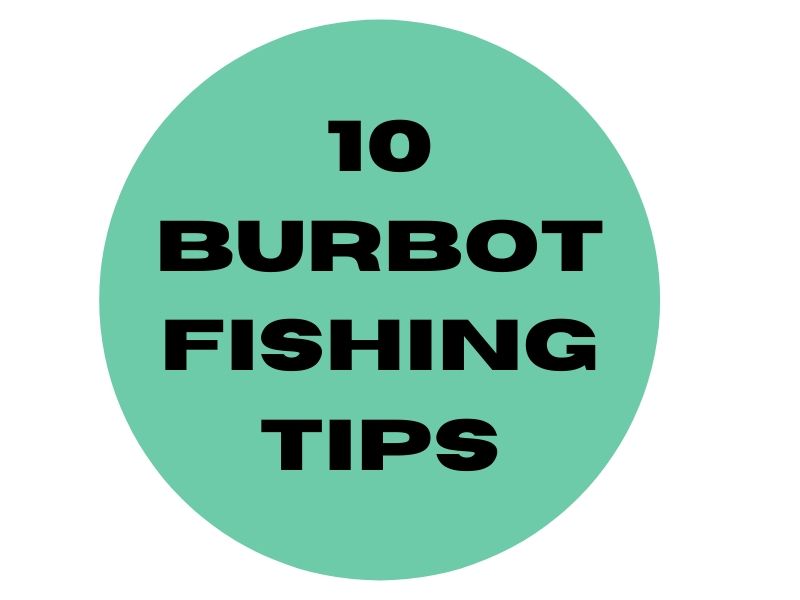Burbot is a freshwater fish that somewhat resembles a catfish and eel in appearance. They have elongated bodies, flat had, and wide mouths. Burbot is not a very popular game fish but they can be somewhat hard to catch, which can be appealing for those anglers looking for a challenge. If you’re fishing for burbot read these 10 tips to help you catch them.
10 Burbot Fishing Tips
Fish The Right Location
Burbot can be found in lakes, streams, rivers, and reservoirs in North America along the Atlantic Coast and throughout the Great Lakes Region. They are also particularly common in Lake Erie. They can survive in brackish waters as well, though usually, they prefer cold freshwater areas.
Try Night Fishing
Burbot are known to be active nighttime feeders, so fishing at night is your best option. If you’re serious about catching them, get ready for some long nights.
Go Out In Winter
Winter is the prime burbot season, especially in the great lakes regions. Around December to March fish for them in waters ranging from 30 to 50 feet deep. Where they tend to move for their winter spawning season. Look for areas with gravel or sandy shoals.
Be Prepared to Fish Multiple Holes
The most successful burbot anglers that are ice fishing use multiple holes. They typically won’t fish the same hole for more than 15 minutes before moving onto another one. So be prepared for an active night of fishing, and don’t be afraid to move around.
Vary Your Technique
Burbot are usually caught through three different ways: still-fishing, active fishing, or ice fishing. Each way has its pros and cons and requires different gear to work successfully.
Use The Right Tackle
As stated previously, burbot are usually caught through still-fishing, active fishing, or ice fishing. If you’re still fishing burbot, you want a longer rod around 9’ to 14’ long. For active fishing, you need to be able to feel the action of your lure so a 6’ to 8’ medium action spinning rod is a good choice. For ice fishing a shorter graphite rod is ideal.
Use the Right Line
For burbot fishing, stick with a 10-15lb test line. Usually, monofilament is all you need. If you know the burbot in your area are quite larger you can go with a 20lb line if needed.
Try Live Bait
Most anglers have more success using live bait for catching burbot. The best option would be to use whatever they are already eating in the waters you are fishing. Eels, minnows, whitefish, and nightcrawlers are all known to work well. You can also use dead baits like strips of smaller baitfish.
Glow in the Dark Lures
Since most burbot fishing is done at night time, glow in the dark lures can work very well. Try glow in the dark jigs, spoons, or spinners. You may also want to tip your lures with a bit of natural bait to increase their effectiveness.
Fish the Bottom
Burbot are bottom feeders, so fishing down on their level is the best option. Using a bottom fishing rig or working your jig along the bottom works great. Make sure you use a weight heavy enough to get your bait down to their level.
